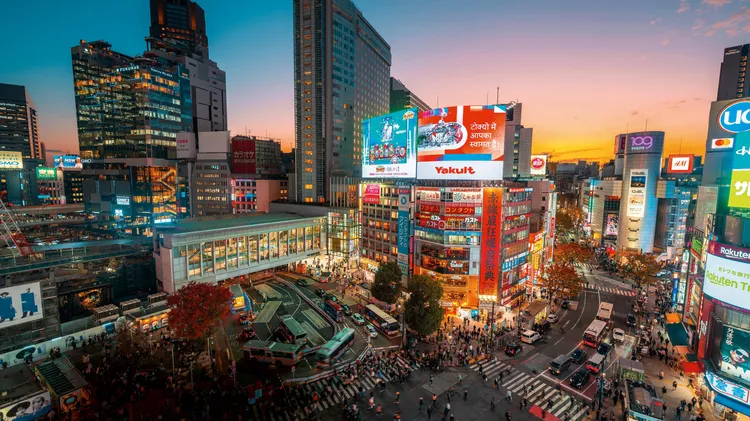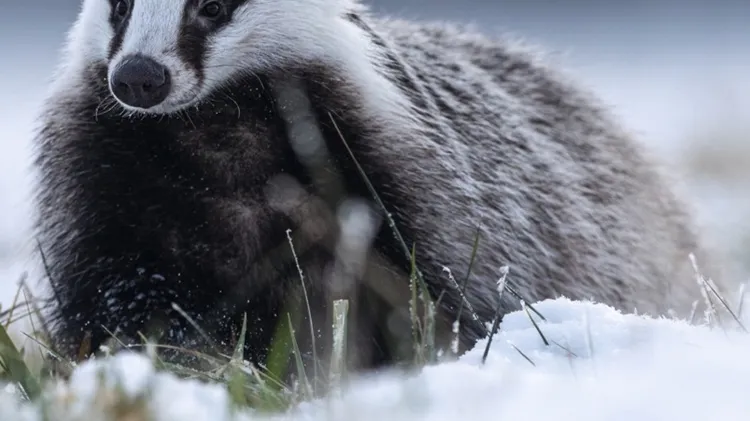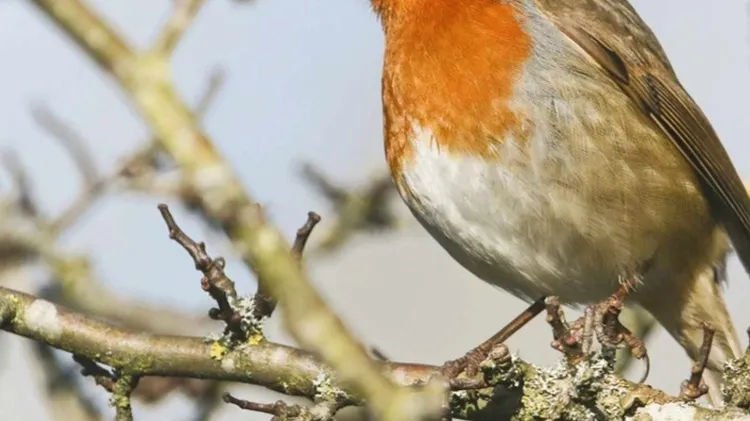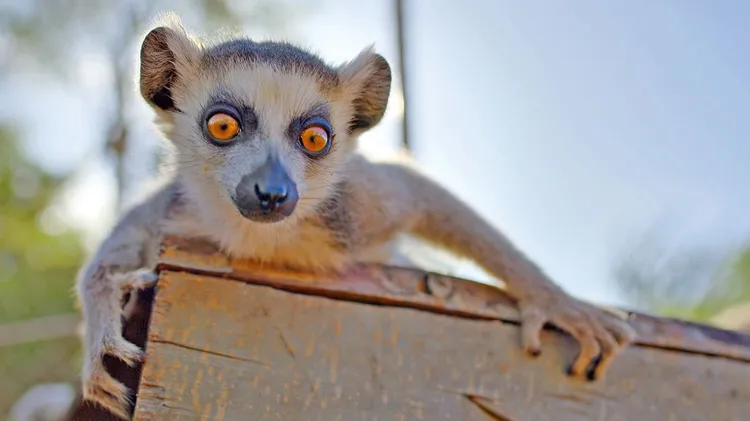The sight of snow monkeys enjoying a long hot soak is sure to raise a smile
Turning japanese
4 min read
This article is from...
Read this article and 8000+ more magazines and newspapers on Readly






